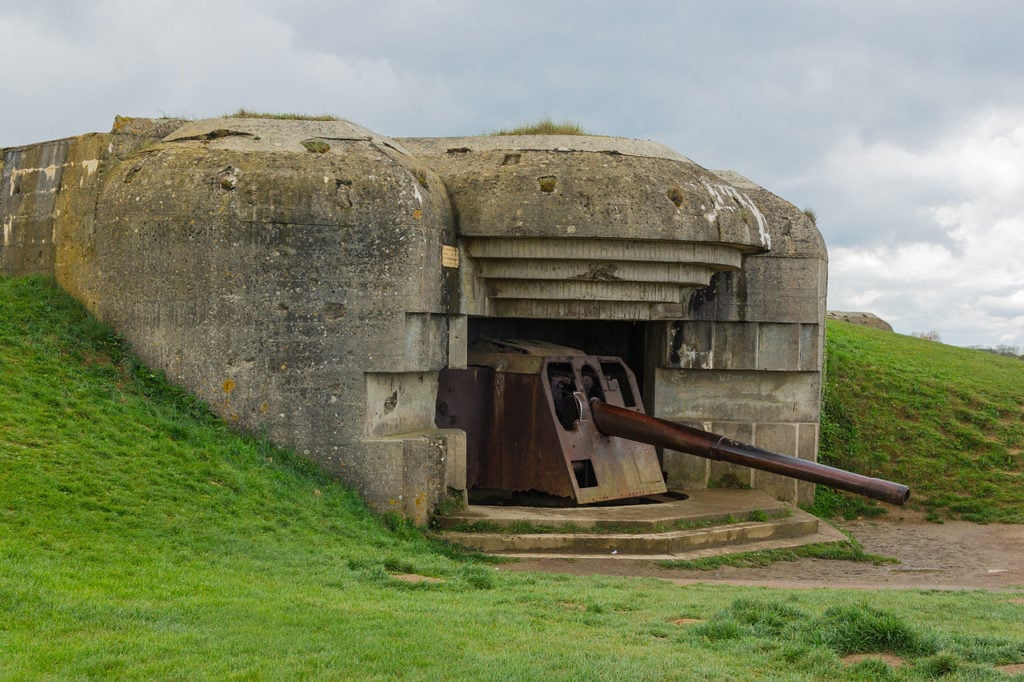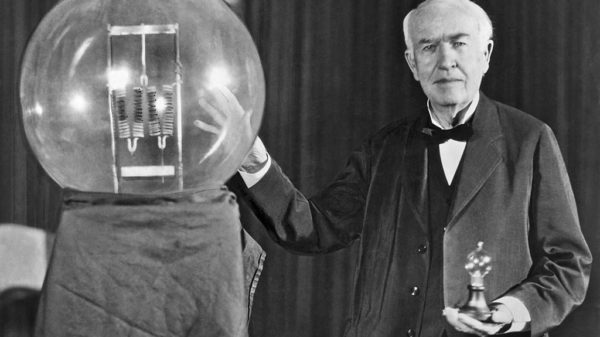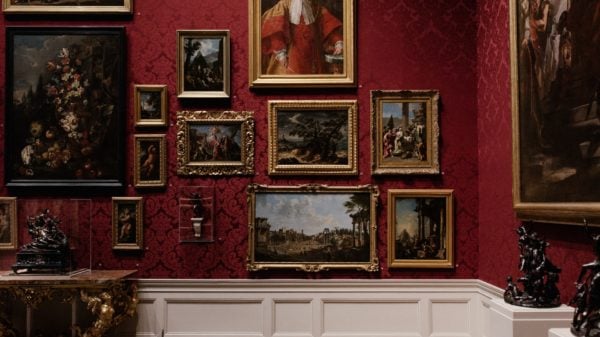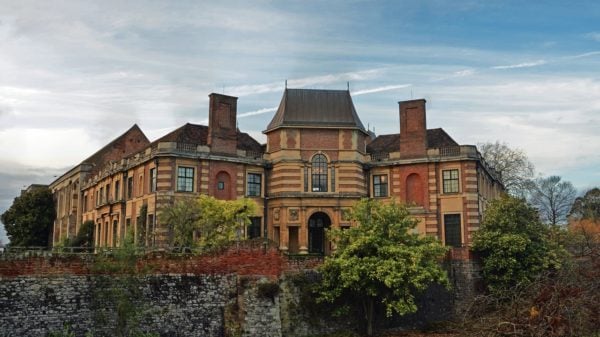Adolf Hitler knew as early as 1942 that the Allied Forces holding fort in Britain would eventually go beyond the English Channel and attack his armies in his territory. It prompted the Nazi dictator to build the Atlantic Wall between 1942 to 1944 on the coastal line of continental Europe and the Scandinavian region to serve as their defense against the Allied soldiers’ possible invasion.
Upon Hitler’s orders, the 2,000-mile fortifications were constructed by almost one million French laborers. The wall included colossal coastal guns, mortars, gun batteries, and artillery.
The Atlantic Wall was one of the most monumental engineering accomplishments, but it was not enough to prevent the American, British, and Canadian military to breach the supposedly impregnable Nazi forces.
Here are several remarkable details about the impressive yet unsuccessful wartime engineering wonders.
#1: The Wall Took Two Years To Construct
The construction of the Atlantic Wall was part of Hitler’s infamous Directive 40 order issued on March 23, 1942. The order required the building of 15,000 individual concrete emplacements that must be guarded by as many as 300,000 soldiers. Because no one from the top Axis command knew when the Allied invasion would occur, they decided to fortify the entire Atlantic coastline in Europe.
Hitler initially wanted the entire massive project completed by May 1, 1943, but the workers only finished the entire project in 1944.
#2: The Structure Had Several Walls
The Atlantic Wall was a long series of fortifications with a three-tier system that stretches at least 2,000 miles from the French-Spanish border up to Norway’s northernmost tip. It turned key port cities like Antwerp, Brest, and Cherbourg to be designated as “festungen” or fortresses.
Several cities were also considered lesser ports, radar stations, and military installations and protected by the “stützpuntkte” or strong points secured by gun positions and batteries placed under independent command. The third level of defense for these walls was controlled by the “widerstandnesten” or the “resistance nests.”

One of the bunkers with gun constructed by the Nazis at the Atlantic Wall located in Calvados, Normandy.
#3: The Wall Was A Massive Engineering Project
The workers needed approximately 1.2 million tons of solid steel to complete the Atlantic Wall. It was enough to construct over 20,000 Tiger tanks. The Nazis also poured about 17 million cubic meters of concrete into the wall. The size was equivalent to about 1,100 Yankee Stadiums.
The French area of the project alone was worth 3.7 billion Reichmarks, which is equals $206 billion based on today’s value.
Despite the impressive architecture and military features, the Atlantic Wall fell in just a few minutes. The Allied Forces infiltrated the Nazi camp along the coastline of Normandy on June 6, 1944. After a few days, the Allied soldiers were able to get inside the Nazi property. It only took 11 more months until they completely occupied Berlin and defeated Hitler’s forces to end the bloody war.
Today, the Atlantic Wall served as an unofficial war monument as thousands of tourists visit the remaining fortifications and war memorabilia every year.


















